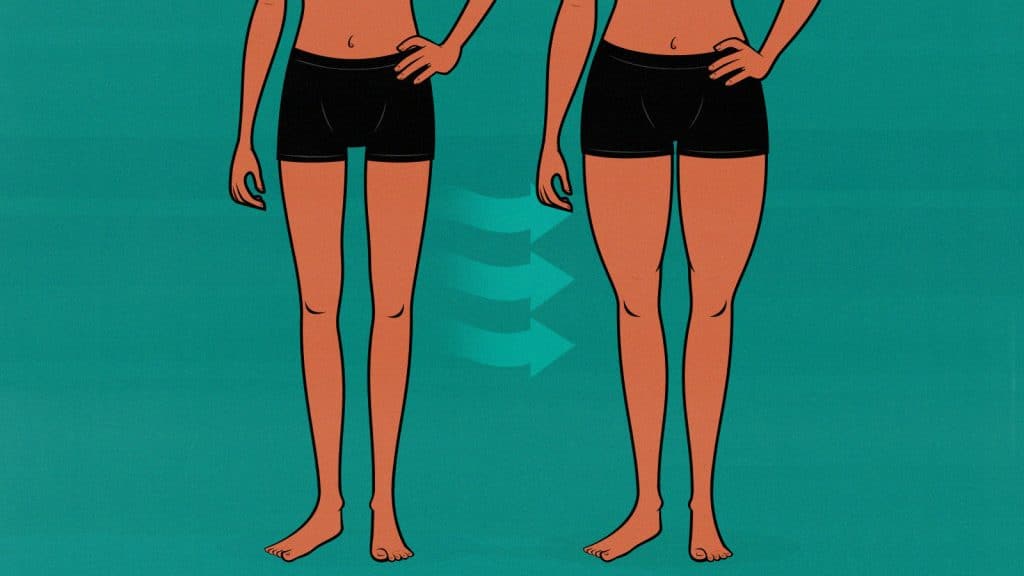
Why You Have Skinny Legs & How to Make Them Bigger
There are three reasons why some women have skinny legs:
- Too little muscle: Your legs aren’t strong enough. This is especially common for naturally thinner women because if you don’t weigh very much, your legs don’t need to work as hard to lift you out of chairs and carry you up stairs. Plus, as women age, they tend to lose muscle mass, especially in their legs (study).
- Too little fat: It’s easy to think of fat as the enemy, but women are supposed to have generous reserves of fat in their hips and thighs.
- Your fat is in the wrong place: You might be thin through the legs and thick through the torso, in which case you need to encourage your fat to migrate down south.
All three problems look different, but they all share the same solution.
Are Skinny Legs Attractive?
Most female beauty features can be traced back to health, fertility, and femininity, and the size of your legs is a great example of that. The idea is that healthy women were more likely to get pregnant, give birth to healthy children, survive childbirth, be capable mothers, and go on to have more kids, meaning that more of their children survived and went on to have kids of their own.
The men who were better at choosing fertile women had more children, and thus their genes and preferences were more likely to be passed on to subsequent generations. That’s why there’s such a strong link between health and attractiveness (study). Or at least that’s what the top researchers (such as Nancy Etcoff, at Harvard, and David Buss, at the University of Texas) believe to be the case.
Here’s what’s going on with your legs:
- Your legs house the biggest muscles in your body. Generally, the stronger and more muscular you are, the healthier you are (study). Your biggest muscles are all leg muscles: quads, glutes, calves, and hamstrings, in that order. Bigger legs, then, are a great sign of great health, strength, and athleticism.
- The healthiest place to store fat is in your butt and thighs. Most women are overweight, with too much fat everywhere, including in their lower bodies. But having some thigh and butt fat is actually quite healthy (study). It’s only waist fat that’s the problem (article). Ideally, what you want is a healthy BMI, a healthy body fat percentage, and most of your fat stored in your hips and thighs.
- Bigger legs are great for your fertility. Food wasn’t always reliably plentiful, so women are built to have reserves of energy, not just for themselves, but also for the fetuses and breastfeeding babies they’re supporting. This energy is stored in the hips and thighs. This fat is especially rich in the omega-3 fatty acid DHA, which helps with fetal brain development (study). You may have used up some of that fat while pregnant and breastfeeding.
- Older women tend to have smaller legs and larger waists. It doesn’t have to be that way. If you train your legs, they can get bigger and stronger as you grow older. If you get fitter, you can burn off the visceral fat in your waist, making your waistline even smaller. But most women don’t do those things, so they wind up with growing waistlines and shrinking legs.
Most people have an intuitive idea of what health looks like. For example, I drew women with different body proportions and had a little over a thousand people choose which shape they preferred (survey):
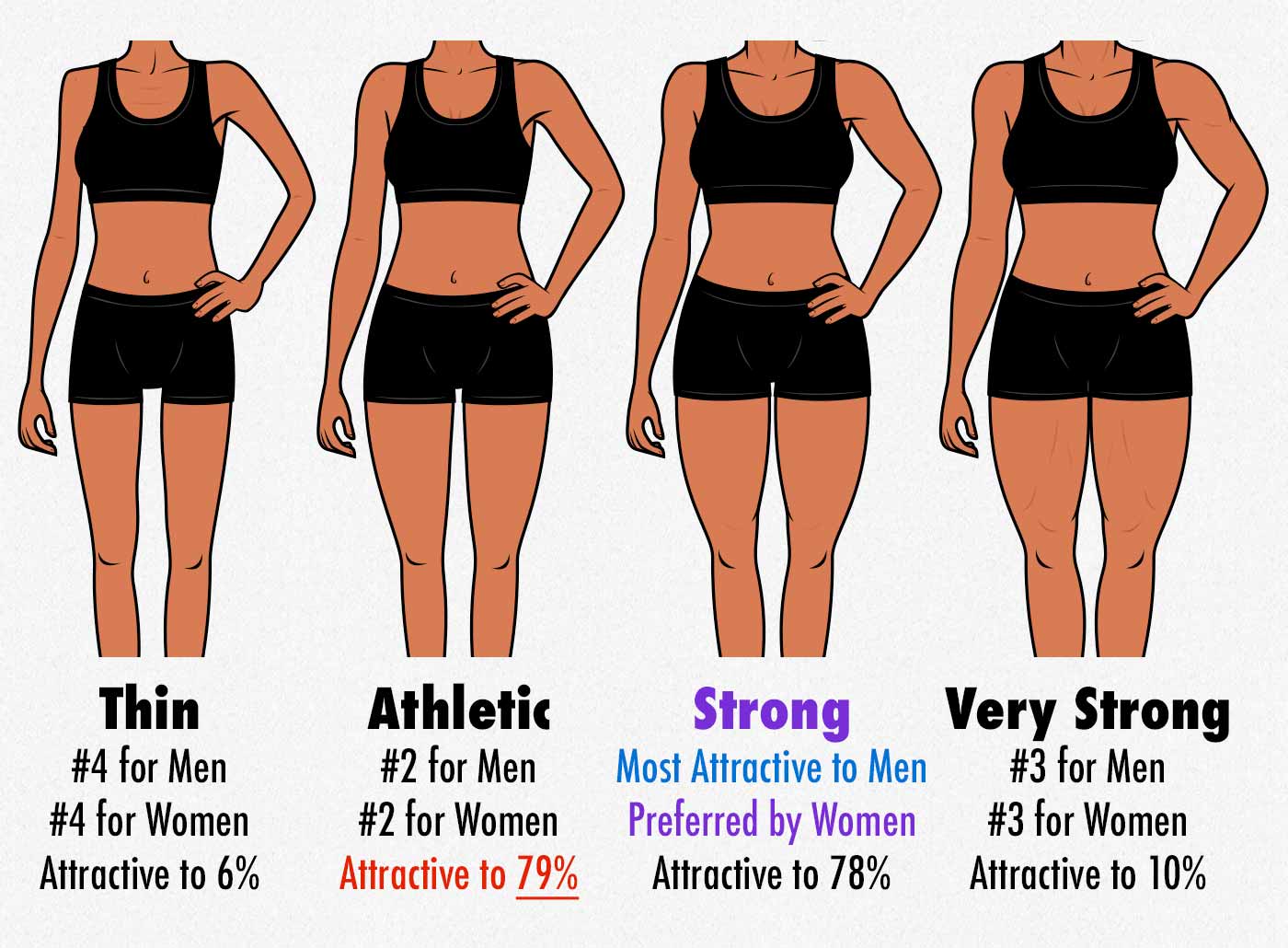
Most people preferred the look of women who were strong and athletic overall, but a big part of that is having proportionally strong legs and glutes.
Why Do Some Women Have Skinny Legs?
Most women have skinny legs from some combination of:
- Not doing enough exercise. If you never challenge your leg muscles, your body won’t see a need to keep them, and so they will wither away with age.
- Being naturally thin, with less muscle and fat overall. This also means that you’re carrying around less body weight, which means your legs don’t need to carry as much weight, leading to less muscle stimulation.
- Unhealthy diet and lifestyle habits. A sedentary lifestyle, excessive drinking, and eating too much junk food can cause more fat to accumulate around the waist, with proportionally less fat in the legs.
- Losing thigh and hip fat while pregnant and breastfeeding. You gradually accumulate DHA-rich fat in your legs throughout your early life, and then you spend it while pregnant and breastfeeding. You can regain that fat by gaining some healthy weight. More tips on this in a second.
What if Your Lower Legs Are Too Skinny?
Your lower legs are too skinny because you have small calf muscles. There are muscles on the fronts of your shins, too—your tibialias anterior muscles—but they don’t grow as big, and that probably isn’t why your lower legs are small.
Your calves are probably small because you aren’t stimulating them enough. This is especially small with naturally thinner women. When your body doesn’t weigh very much, your calves don’t need to lift very much weight, so they’re often quite thin.
Heavier women often have far more impressive calves. That’s especially true for women who have been severely obese. Their legs and calves get incredibly strong.
Your genetics might also be fighting you. Some women have naturally big, meaty calves that are built for strength. Other women have naturally smaller, thinner, higher calves that are built for endurance. Those higher calves have longer tendons, which are very thin, and those tendons are tough and springy, which makes them great for running and jumping.
Regardless of your genetics, though, you can make your calves bigger. You could even bulk up your tibialis anterior, if you want.
The best way to stimulate your calves is with resistance training. In particular, calf raises. We have a tutorial video here. I would do three sets, three times per week.
I wouldn’t go too deep into calf training until you’re in the habit of following a proper workout routine, though. You may find that the stimulation you get from squats, deadlifts, and other leg exercises gives your calves all the stimulation you need.
How to Get Bigger Legs
Hypertrophy Training
The best way to build bigger legs is with hypertrophy training. Hypertrophy training is the style of resistance training designed to stimulate muscle growth. It’s what bodybuilders, bikini models, and Instagram gym girl influencers do to build bigger legs.
Hypertrophy training is also what my business partner, Marco, used to bulk up the legs of the athletes he was training, including women on our Olympic rugby team.
It works incredible well:
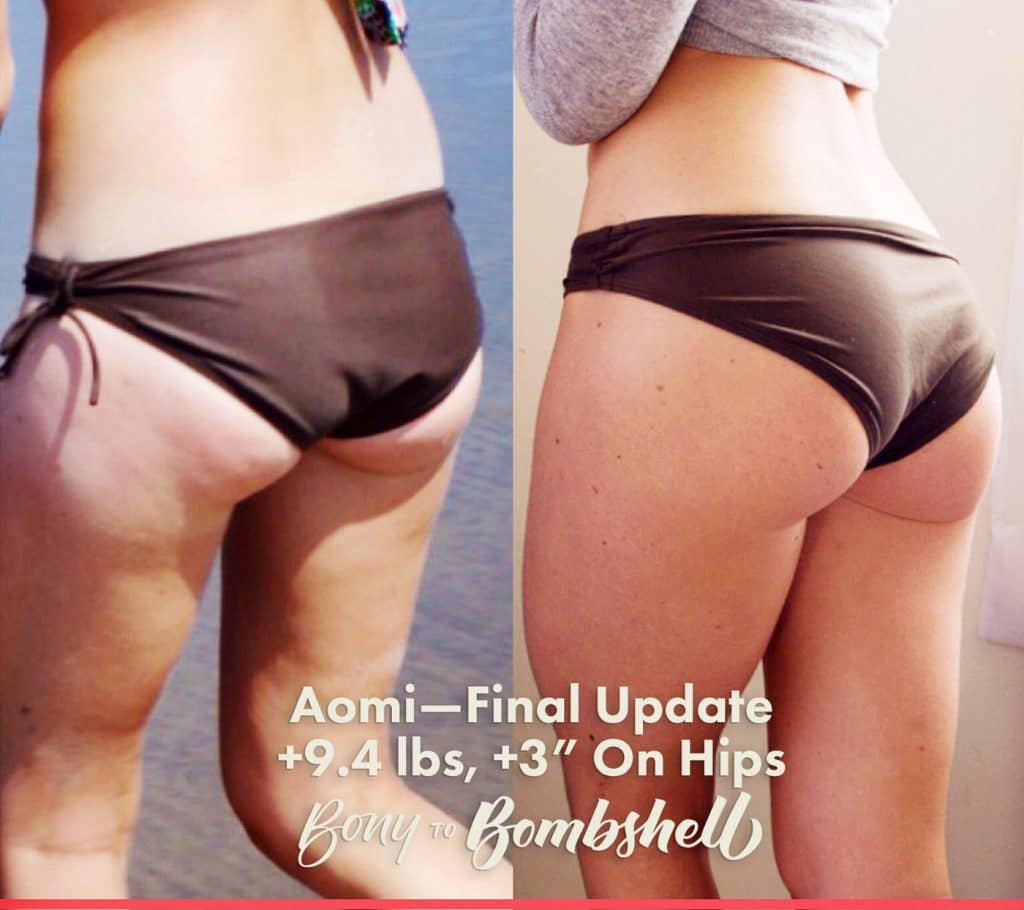
We have a full beginner workout guide here. It’s a free article, and we’ll teach you everything you need to know to do your first proper muscle-building workout.
The two main exercises for building bigger legs are:
- Goblet squats (tutorial video) target your glutes and quads, but they also engage your core, improve your posture, and build stronger arms. You can do them with a dumbbell, kettlebell, or weight plate.
- Romanian deadlifts (dumbbell tutorial, barbell tutorial) target your hamstrings and quads, giving you the other half of your leg training. They also strengthen your lower back, your entire back, and your grip. You can do them with dumbbells or a barbell.
I highly recommend starting with our beginner workout routine. It’s a free article. We’ll teach you everything you need to know to do your first proper workout.
GET THE free GOOGLE SPREADSHEET OF THE
female BEGINNER’S FULL-BODY with glute targeting WORKOUT
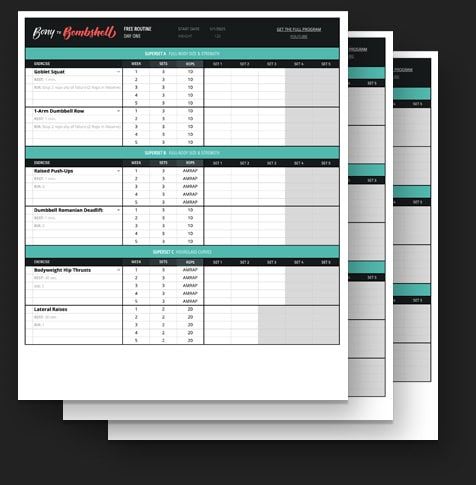
Get the glute targeting workout as a Google spreadsheet. You’ll be able to pick from exercise alternatives, and fill out the sheet.
Plus, we’ll make sure you’re on the Bony to Bombshell newsletter, and send you all of our best women's muscle-building content.
Eat a Healthy Bulking Diet
This might sound a little weird, so hear me out. When you hear the word “bulking,” you might think of becoming bulky, or perhaps you think of weird guys eating a bunch of junk food. That isn’t what bulking is.
Bulking is when you combine hypertrophy training with a calorie surplus to gain weight and build muscle. The best bulking diets are nutritious diets. The only difference between a classically healthy diet (like the Mediterranean diet) and a bulking diet is that the bulking diet has more protein and calories in it.
If you’re overweight or skinny fat, you don’t need to bulk. It probably makes more sense to start by lifting weights, eating a better diet, and doing some cardio. More on that in a moment.
But if you’re skinny or thin, bulking will work magic on your physique and transform your health:
If you gain weight slowly, more of the weight you gain will be muscle. You’ll build bigger legs by building bigger glutes, quads, hamstrings, and adductors. You’ll build a more athletic physique. You’ll probably gain a little bit of fat, too, and that will help, but there won’t be much.
If you gain faster, more of the weight you gain will be fat. That might be what you want. We have some clients who bulk faster on purpose, hoping to bring up their BMI and body fat percentage into the healthy range. That’s up to you. We can help you do what you want.
Here’s our article about how to eat a healthy bulking diet.
Do Some Cardio
If your legs look small because you’re storing proportionally more fat around your midsection, then the best thing you can do is get into better shape. Getting into better shape will burn off the belly fat, improving your health and proportions.
The first part of getting into better shape is stimulating muscle growth with weight training, as described above. Lifting weights will stimulate muscle growth throughout your body, but most of that muscle growth will go to your legs. It will also help you get rid of some of the visceral fat in your waist (study).
The second part of getting into better shape is doing some cardio. Cardio isn’t very good at stimulating muscle growth, but it’s amazing for burning fat, and it’s best at burning the visceral fat in your waist. It’s one of the best ways to get a smaller, healthier waistline. More on that in this article.
Here’s our beginner’s guide to cardio. It doesn’t need to be complicated or painful. It can be as simple as going on a brisk walk every morning.
Eat More Fatty Fish
Eating more fatty fish might help you store proportionally more fat in your hips and thighs. The research clearly shows that women who eat more fish tend to have more fat in their legs and less fat around their waists (study, study, study). Association can’t prove causation, so this research can’t prove that eating more fatty fish will change your body fat distribution, but I’d say the chances are quite good.
If I’m wrong, it might not help with your legs, but it will definitely improve your overall health. Eating more fatty fish is incredibly good for you (study, study, study). I think it’s a risk worth taking.
If you’re vegan, you can have vegan DHA.
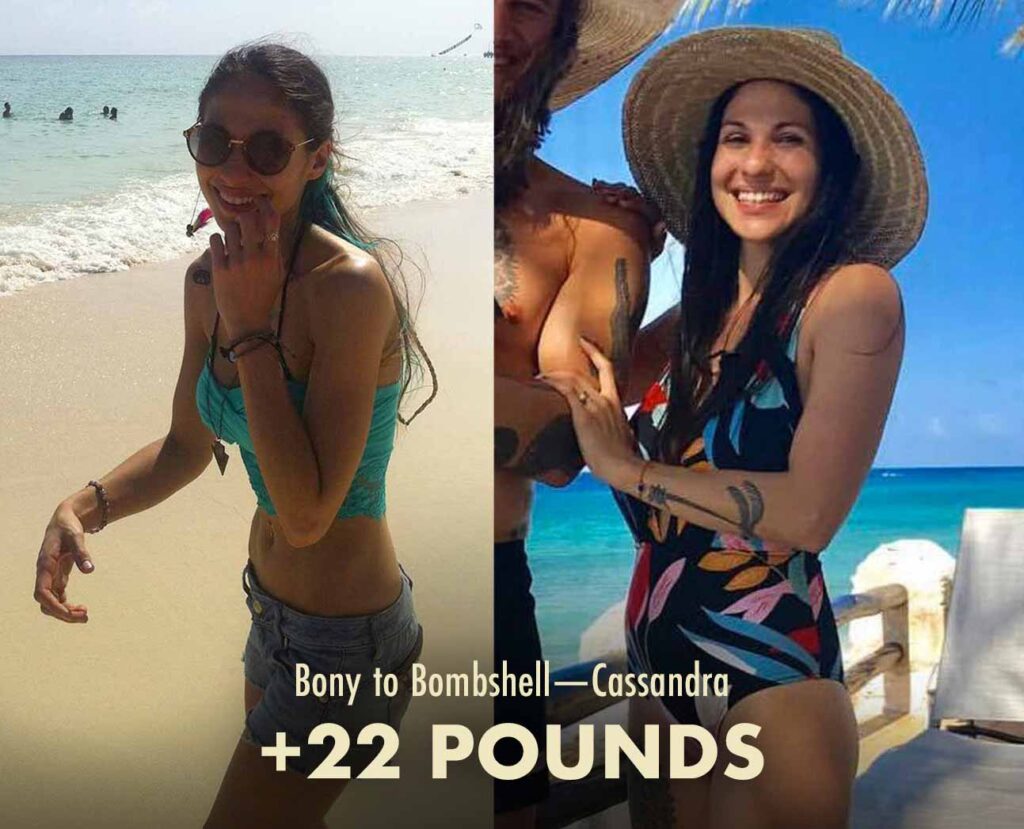
If you liked this article, you’d love our Bony to Bombshell newsletter. It isn’t just a bunch of ads. It’s an actual newsletter, and it kicks off with our starter series about how to get bigger, stronger, fitter, healthier, and better.
If you want us to walk you through the process of building muscle, check out our Bony to Bombshell Program. We’ll give you a full workout program, show you how to do every exercise, teach you how to eat a nutritious muscle-building diet, and we’ll give you sample meals, complete with a full recipe book.
The program includes one-on-one support from us. We’ll take a detailed look at where you’re starting, come up with a plan, answer all your questions, and give you personal feedback as you go through the program.

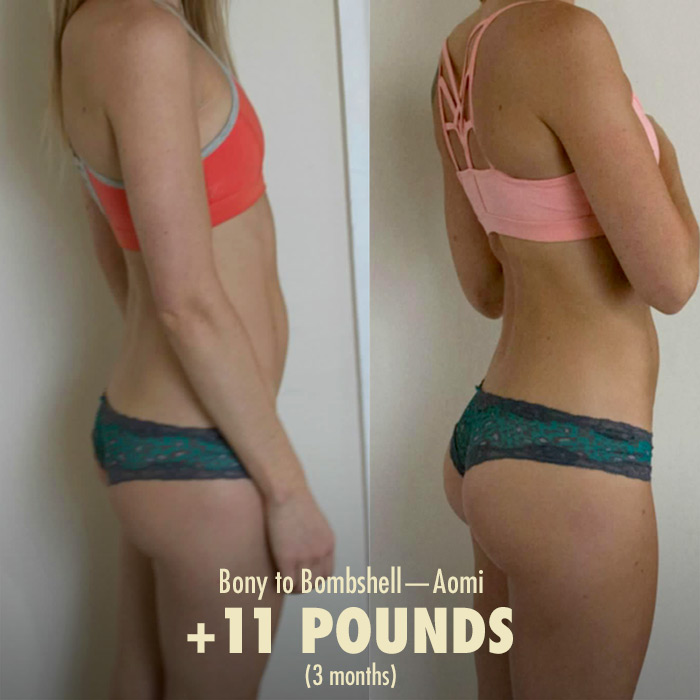
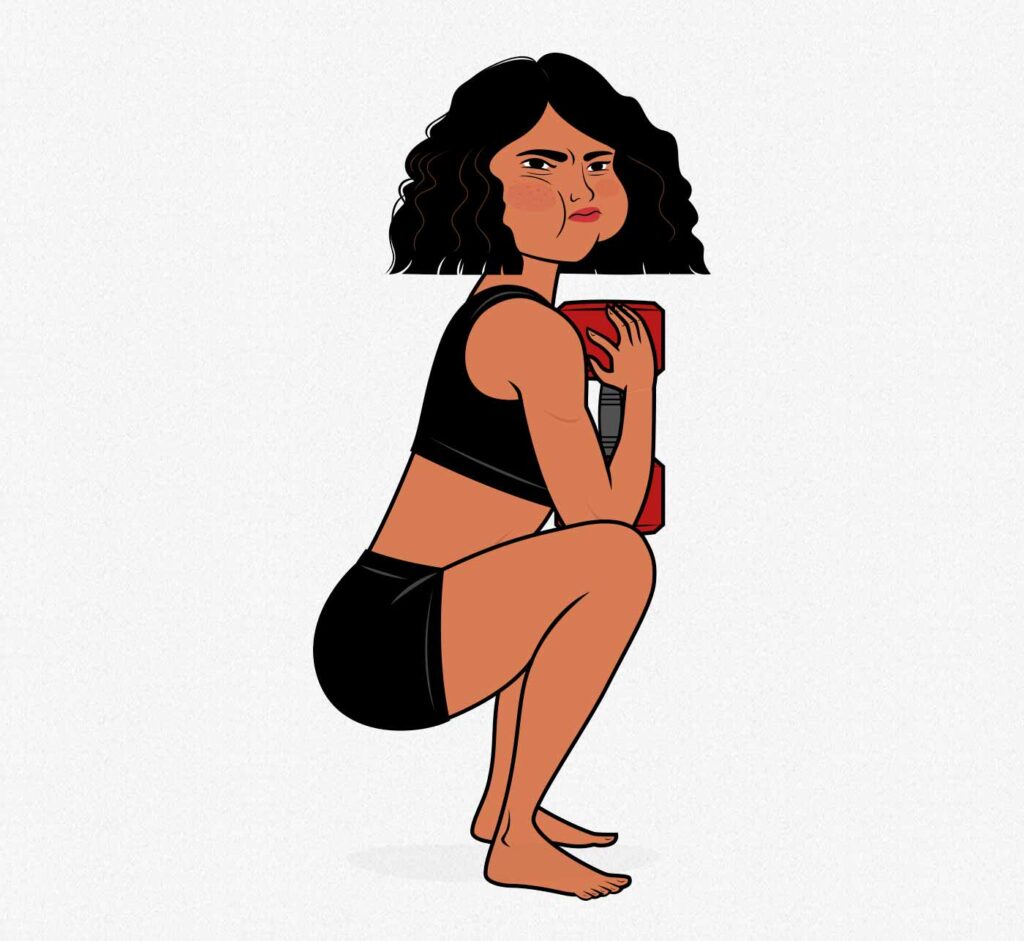
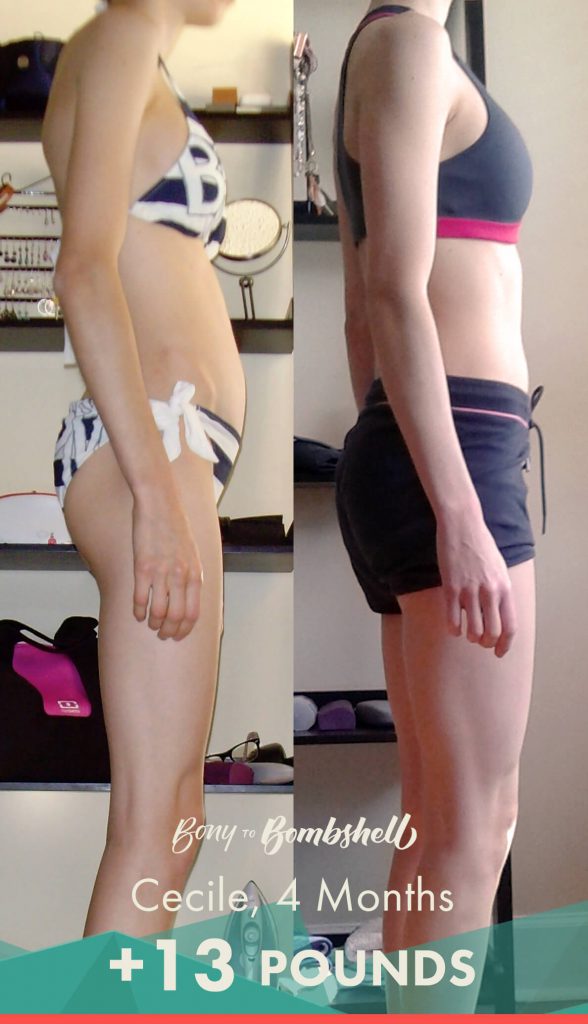
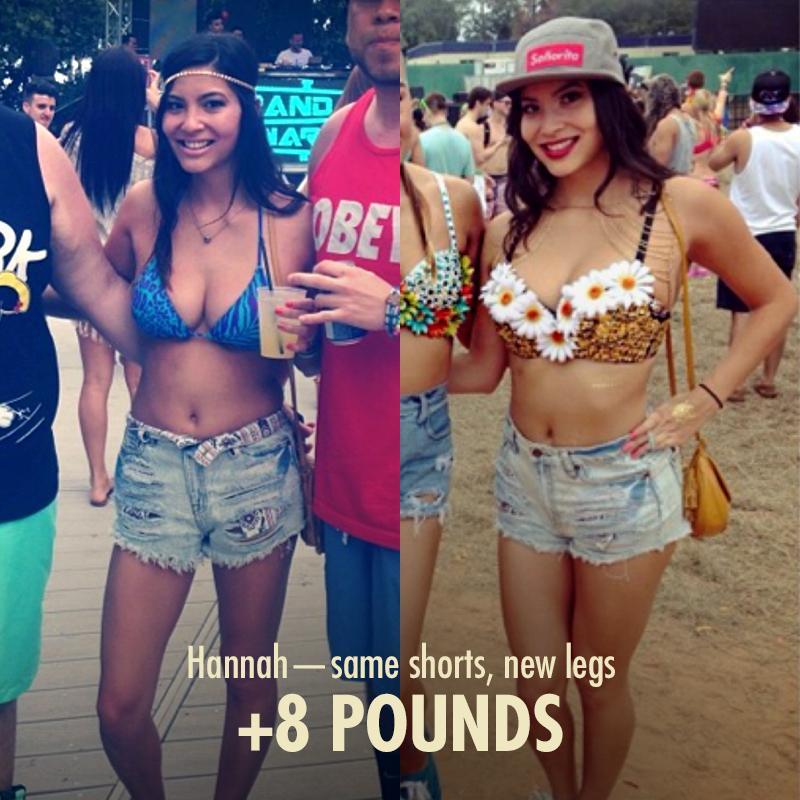

FREE women's Muscle Growth MINI-COURSE
Get our 5-part female bulking mini-course that covers everything you need to know about:
Here are some related articles